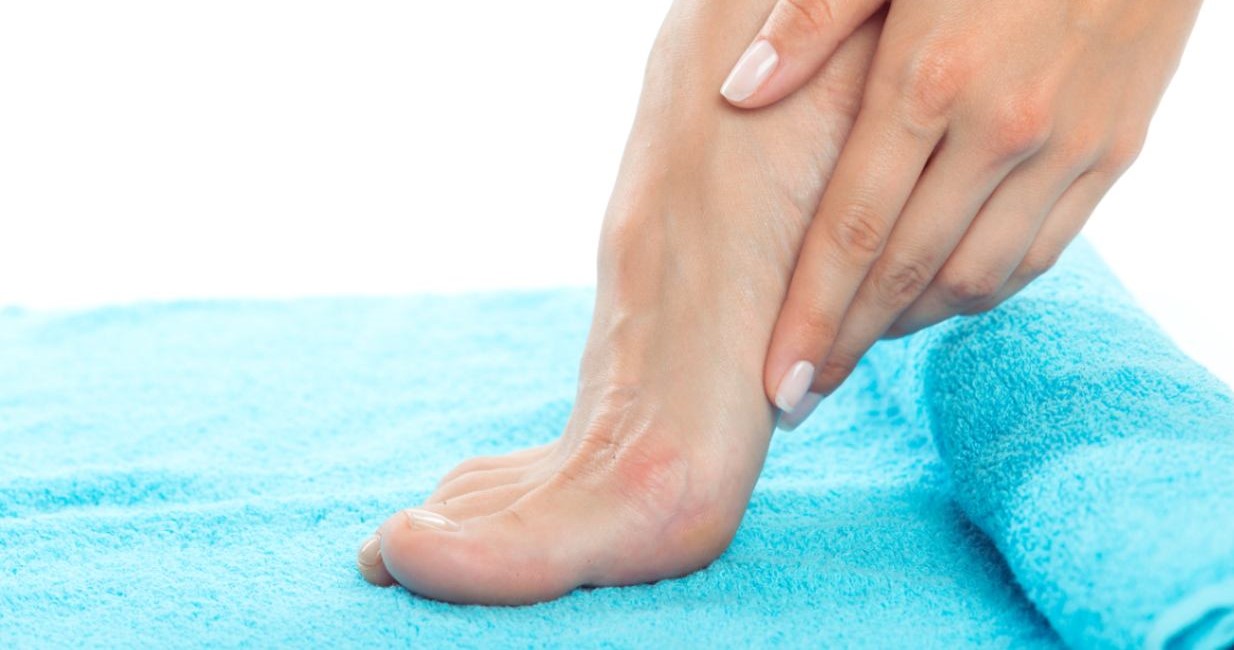Introduction
Foot drop, also known as drop foot, is a common movement disorder that affects an individual's ability to lift their foot properly while walking. This condition can cause a limp or dragging of the foot, making it difficult for the person to walk normally. In this article, we will discuss the causes and symptoms of foot drop, as well as the various treatment options available at Physio Active, a leading physiotherapy clinic.
What is Foot Drop?
Foot drop is a condition that affects the ability of a person to lift the front part of their foot while walking. This can lead to a limp or dragging of the foot, making it difficult for the person to walk normally. Foot drop is often caused by nerve or muscle damage, which affects the ability of the foot to lift properly.
Causes of Foot Drop
There are several factors that can contribute to the development of foot drop, including:
Symptoms of Foot Drop
Some of the common symptoms of foot drop include:
Treatment Options for Foot Drop at Physio Active
Physical therapy is a common treatment option for foot drop, as it can help to strengthen the muscles in the leg and improve movement. Our physiotherapists at Physio Active will develop a customized treatment plan based on your specific needs, which may include exercises to strengthen the muscles, improve balance and coordination, and increase range of motion.
Bracing and orthotics can also be used to help improve mobility and reduce the symptoms of foot drop. Our team at Physio Active will work with you to determine the best type of brace or orthotic device for your needs, taking into consideration your lifestyle, level of activity, and other factors.
Nerve stimulation is another treatment option for foot drop that can help to improve muscle strength and coordination. Our physiotherapists at Physio Active are trained in the use of nerve stimulation techniques, such as electrical stimulation or functional electrical stimulation (FES), to help improve movement and reduce the symptoms of foot drop.
Manual therapy, such as massage, joint mobilization, and stretching, can also be used to improve mobility and reduce pain in individuals with foot drop. Our team at Physio Active will work with you to determine the best manual therapy techniques for your needs, taking into consideration your specific symptoms and goals.
Conclusion
Foot drop can greatly affect an individual's ability to walk and perform daily activities, but with the right treatment, it is possible to improve mobility and reduce symptoms. Physio Active, a leading physiotherapy clinic, offers a variety of effective treatment options for foot drop, including physical therapy, bracing and orthotics, nerve stimulation, and manual therapy. Our team of highly trained physiotherapists will work with you to develop a customized treatment plan that meets your specific needs and goals. If you are suffering from foot drop, don't hesitate to contact Physio Active to learn more about how we can help.


